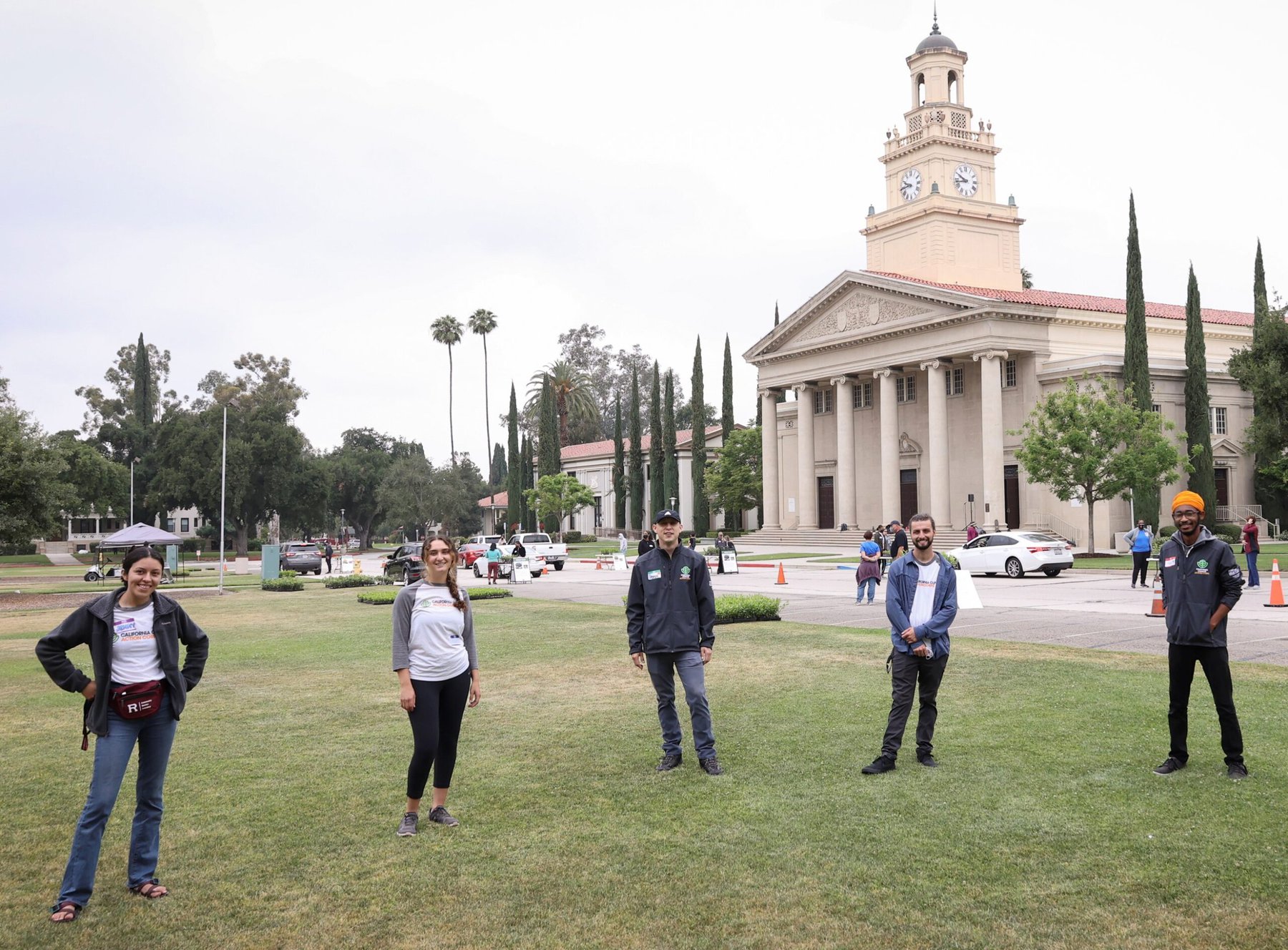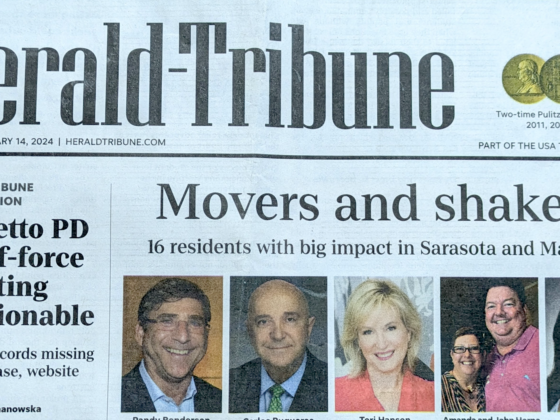I love the concept of “Big Little Ideas.” These are modest-seeming, simple and practical steps, which can have surprisingly large consequences.
I also love the parallel concept of “New Old Ideas.” These are themes from the American past that have new relevance for the United States of this moment and the years to come.
Every nation has its leitmotifs: its tendencies and excesses and achievements, which run through its history. Probably because I know more–or at least have read more–about the history of the U.S. than of anyplace else, I’m more alert to these recurring themes than for other countries. (Of the many books on this theme, two that stick in my mind are Thinking in Time, by the late professors Ernest May and Richard Neustadt, and Special Providence, by Walter Russell Mead.)
As the United States of the early 2020s considers its possibilities in the aftermath of the public health, economic, and civic tragedies of recent years, I think that the record of its most successful past renewal efforts deserves close attention. That is, it is worth examining New Old Ideas. This is an introductory essay in what we plan as an ongoing series.
Because Franklin Roosevelt’s New Deal programs went on for so long, and came in response to such a sustained and dire economic crisis, they are naturally a main source of parallel guidance in our times. And the parallels are profound: What the Rural Electrification Administration meant to Americans of the 1930s, in bringing millions to the possibilities of electric lighting for the homes and electric refrigeration for their food, a nationwide effort to improve rural broadband access could mean today. What the Federal Writers’ Project did to shape Americans’ view of the contradictions and extent of their country, a new writers’ project–like the one that Rep. Ted Lieu, of California, has proposed–might help achieve now. The architectural and infrastructure legacy of the Works Progress Administration (WPA) and the Federal Art Project is still a major part of America’s cityscape–in auditoriums and amphitheaters, libraries and post offices, archways and murals–more than 80 years later. During our travels Deb Fallows wrote about the lasting imprint of New Deal programs including the National Youth Administration, in a little town in coastal Maine. The creations and constructions of the Civilian Conservation Corps, the most celebrated of the New Deal programs, are also still part of the visible public landscape, and the invisible public infrastructure.

As described at length here and here and elsewhere, these New Deal programs, and the breakthroughs of other reform-and-renewal eras in American history, were notable for their rapid-cycle, trial-and-error experimentation. Those experimental projects on the national level were, in their turn, often based on local or state-level innovations through the preceding years.
That is why programs like California Volunteers deserve attention. (As described early in the pandemic lockdown, and again last fall.) Because of California’s quasi-national scale–with an economy larger than the UK’s or India’s, and as home to one eighth of all U.S. residents–projects there have unusual heft, whether they would like to or not. The people in charge of the Cal Volunteers project, and especially its new “Climate Action Corps” project, are quite intentional about the example they hope their programs will set.
“From the start, we this [Climate Corps] effort was very much with the idea of being a real-time laboratory, for ideas that could be a model for the nation,” Josh Fryday told me this spring. Fryday, a former mayor of the small town of Novato, California, is the state’s “Chief Service Officer,” which has been made a cabinet-level position under governor Gavin Newsom.
When I spoke with Fryday recently, he gave me many details of how the Climate Action Corps was launching sustainability and climate-mitigation efforts across the state. (For instance, this venture in my own home town of Redlands, in San Bernardino County, which is shown in the main photo above. ) You can get many updated details, plus photos and sign-up information, at at their site. For the moment my attention is on the way Fryday described the rationale behind the program, and the longer-term, larger-scale effects he hoped it might have.
He said there were three big-picture ways in which he thought the California experimentation might be a guide for the nation. To oversimplify then, and add my own commentary, they were:
- Service, along with “policy.” “We’re applying the idea of service, and civic engagement, to tackle climate change,” Fryday told me. “Most people have focused on policy to leverage climate change. We are talking about people power–people power at scale. We’re trying to foster a culture of climate action here. That is an important change for how climate is approached at a policy level.”
Obviously policies matter. In California’s case, the most famous example is the state’s insistence, from the 1960s onward, on fuel-efficiency and pollution-control standards for cars that were more rigorous than in the rest of the country. But Fryday is arguing that “muscle memory,” and civic habits and incentives, can be marshaled in the same direction.
- Local flexibility and innovation. “First and foremost we are supporting local goals,” Fryday said. Although he didn’t put it this way, the idea paralleled the famous maxim, “Think globally, act locally.” In California’s case, this meant recognizing the ultimate goals–reducing emissions, improving resilience, increasing awareness–but adapting the tactics place-by-place and opportunity-by-opportunity.
“Climate means different things in different communities,” he said. “We have built this program to be adaptive to rural communities, suburban communities, every community that wants to be part of it, and will be part of it. We’re bringing state resources, convening the resources of universities and businesses and civic society, to support and meet locally defined goals and opportunities.” All of this is fully in the “New Old Ideas” spirit of combining national/global support with the lessons of local adaptability.
- Tools for connection, not division. “It is really important to us to create an opportunity where the power of service can unite people, to bring them together rather than divide them,” Fryday told me. This is of course a deliberate invocation of the CCC model, plus subsequent iterations, of the idea that service projects can bring people of different backgrounds together in unexpected ways.
This unifying spect of service in America has a very long pedigree. It was part of William James’s renowned assessment of the after-effects of the Civil War; and the influence of broad military service in World War II and thereafter; and the Peace Corps and Americorps and Habitat for Humanity and many other illustrations. “We have a real chance to use this as an opportunity to bring people together across different backgrounds,” Fryday said. “But if we’re going to do that, we can’t just focus the program on a few people.” Toward that end the Climate Action Corps program has an elaborate tiered structure of service opportunities, which I won’t detail at the moment but may prove useful guidelines for other communities.
(In summary: on the most-involved tier, people in California would sign up for a period of dedicated service, on the model of the old CCC, and in exchange for educational and other benefits. On the other end of the spectrum, they could learn from a list of “Ten Things You Can Do At Home” for climate improvement, from planting a tree to reducing food waste. More details later, as results of these real-time local-laboratory experiments come in.) “We want to have a pyramid of service,” Fryday said. “Whether you have an hour to give, or a year, we’d like to create an opportunity for you to be involved in climate action.”

The core of the “New Old Idea” here is that local or state-wide innovation can be a model for projects elsewhere. Are there signs of national-level movement in similar directions? Here are a few:
- In March in The New Yorker, Jim Lardner had a story titled, “The Civilian Climate Corps is a Big Government Idea That All Americans Can Embrace.”
- For NPR in May, Scott Detrow and Nathan Rott had a report on the Biden administration’s climate-corps plans.
- For MSNBC also in May, Talia Levin wrote about the potential for revived versions of the Federal Writers’ Project and similar arts efforts.
- A group of young state-and-local elected officials have informally organized in a group called NewDEAL, which the goal (among other things) of adapting past successful models to current challenges.
We’ll follow these and the progress of other ideas that are “new-old” and “big-little.”




